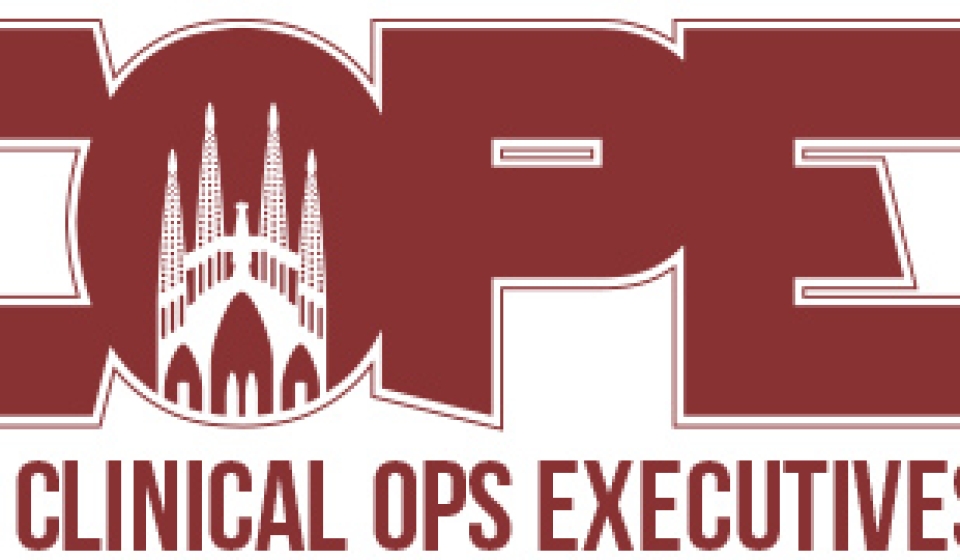In biotech, a strong C-suite isn’t just about job titles – it’s about covering every part of the journey from discovery to delivery. Including being prepared to tackle one of the biggest hurdles: patient recruitment.
The CEO sets the vision, secures funding, and ensures recruitment timelines align with investor expectations.
The CSO drives the science, shaping the disease focus and data that define who you can recruit.
The CMO leads protocol design, making sure trials are safe, ethical, and recruitable.
The CFO plans the runway, keeping recruitment delays from derailing your milestones.
The COO turns strategy into execution, making sure sites and vendors deliver.
The CBO builds partnerships grounded in confidence that trials will enroll on schedule.
And the CPRO ensures recruitment has clear ownership, so your trial is designed to succeed from day one.
When these roles work together, recruitment becomes a strength, not a scramble.











